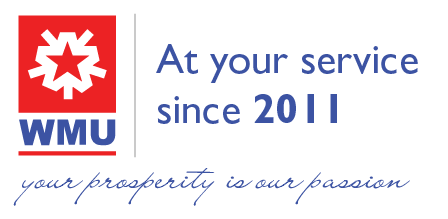Asset allocation
We touched upon the different categories of investments in our previous blog and we hope that it has triggered thoughts of embarking on a strategic investment journey.
To hark back to our favorite analogy- to meet your fitness goals, your trainer would provide a plan, allocating the time you spend at the gym on different types of workouts like cardio, isometric exercises, strength training and yoga to achieve your desired results. Similarly, you would need to have an investment strategy or plan that will allocate your assets according to your financial goal, your risk tolerance and investment horizon.
We have spoken about the different asset classes in our previous blog. We believe that your investment portfolio should contain the right asset mix. This asset mix can be created by tactically allocating your investment among a broad array of asset classes, industry sectors and securities. Diversification through asset allocation will insulate your portfolio from market fluctuations.
Optimal Asset allocation portfolio
There are some popular model portfolios to explain the asset allocation process based on the investor’s level of risk tolerance.

There are some popular model portfolios to explain the asset allocation process based on the investor’s level of risk tolerance.
Conservative
100% safe investments
Moderately Conservative
20 to 30% in Risk investments and balance in safe investments
Moderately Aggressive
50% safe investments and 50% risk investments
Aggressive
70% risky investments and 30% safe investments
Very Aggressive
100% risky investments
- Investments goals
- Risk tolerance
- Investment horizon or time frame
- Corpus or funds that are available for investment
Strategic Asset allocation:
You can create a basic asset mix for a long time investment horizon and stick to the asset mix composition.
Dynamic Asset allocation
You can also modify your asset class composition in relation to changing market conditions .
Tactical Asset Allocation
If you are an active investor and keep a close watch on the performance of different assets, industry sectors and stocks, you may want to trade your portfolio actively and redesign it to include investments that show the most potential for perceived gains.
Core-satellite Asset Allocation:
You could also adopt a mixed or hybrid approach and retain a portion of your core asset classes while making posture adjustments to the remaining portion.
| Strategy |
Reaction to economic environment | Posture adjustment |
Core Asset classes |
|---|---|---|---|
| Strategic Asset allocation | Agnostic | Does not change | Retain |
| Dynamic Asset allocation |
Adapt to changing conditions |
Changes | Retain |
| Tactical Asset allocation | Active monitoring and adaptation | Actively changes | Modify |
| Core-satellite asset allocation | Hybrid reaction | Only for a a portion of the portfolio | One portion retained and the rest modified |
92.50% of returns are attributed to strategic asset allocation, rather than market timing or stock selection. We strongly believe that how you allocate your assets is instrumental in the amount of wealth you would eventually create for yourself.

Having achieved an optimal asset mix allocation, you would need to actively manage your portfolio -either yourself or by allocating investments to capable Investment Managers.
To conclude, asset allocation is a fundamental investing principal for minimizing risk and maximizing returns on your portfolio.






